

Printability
Standard paper inks can be applied in most Polystar synthetic papers with excellent printability. Sharp prints with outstanding reproduction of line and tone detail can be readily obtained using a screen size of up to 175 meshes.
When satisfactory standard paper ink is not available and close register multi-color work is involved, it is recommended that high solids special inks (ex: Toyo ink, Sun Chemical, Environmental ink, Kohl & Madden, etc.) are used which have a very low mineral oil content, and are allowed to dry entirely by oxidation. Complete drying prior to additional processing is recommended to avoid ink distortion and offsetting.
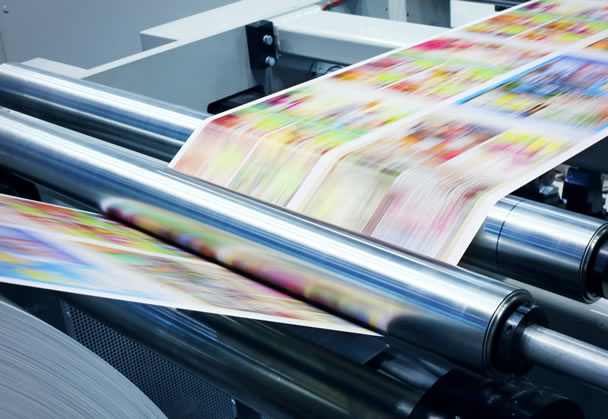
The leading ink and printing manufacturers have been consulted with below recommendations:
Top coated grade (ex: CPI grade) or apply primer to non-top coated grades are recommended for better adhesion
Screen PrintingOxidizing inks that dry by evaporation are recommended. Inks drying by oxidation should be put on racks. If ovens are used for drying, temperatures should not exceed 70°C (160 °F) and should be constant. Use the finest screen and thinnest ink film for best results.
Flexographic PrintingPolystar synthetic paper can be used to print labels and tags. Both solvent based and water based inks are suitable. Recommended inks include: Sun Chemical, Progressive Ink, Arcar, Environmental Inks, Water Ink Tech., INX, or Werneke.
Gravure PrintingPolystar synthetic papers can be printed on sheet or roll fed gravure presses (printing speed at 148 feet/minute). Recommended inks include: Sun Chemical and Progressive Ink.
Thermal TransferPolystar synthetic papers can be printed with Thermal Transfer directly with excellent durability.
Special Printing- Direct Thermal, Inkjet, Dot Matrix, IndigoPolystar synthetic papers can be printed by special printing methods- Direct Thermal, Inkjet, Dot Matrix, Indigo, when applied top coating. We also offer special grade for Indigo digital printer upon request.
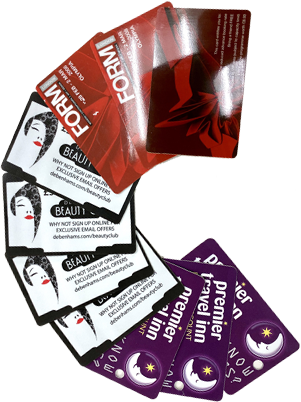
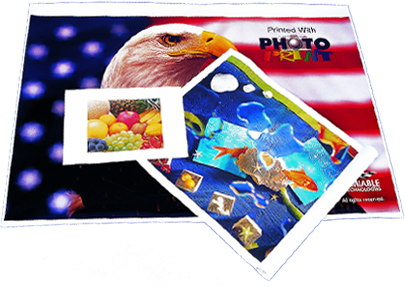
Feeding
SpeedThe most suitable printing speed for Polystar synthetic papers is 6,000-8,000 sheets/hour
Sheet SeparationBefore feeding, fan the sheets or blow air to separate the sheets. It is recommended to increase feeder air flow by 10% considering Polystar synthetic papers’ higher weight. To make feeding smooth, it is also recommended to blow air again into the feeding stack and reduce the stack height.
StaticWhen feeding Polystar synthetic papers, it is recommended to maintain the relative humidity above 50% to avoid static, or use anti-static equipment. The location of static ionization units will have an effect on their functioning. The use of static eliminating tinsel on the delivery section can also help reduce static.
Fountain Solution & Dampening
Control of dampening is the most important factor affecting the lithographic print quality. Use an 11% - 15% alcohol fountain system, or you can add other alcohol substitute additives to the fountain system, which will improve print quality.
It is recommended that the pH value of the fountain solution be maintained between 5.5- 6.0. Temperature should be maintained between 9°C - 15°C (48°F - 59°F). It is suggested that the amount of water on the plate be reduced 10-20% to help ink dissipation and drying. Recommended fountain solutions include: Rossos, Prisco, Anchor, Rycoline or Varn.
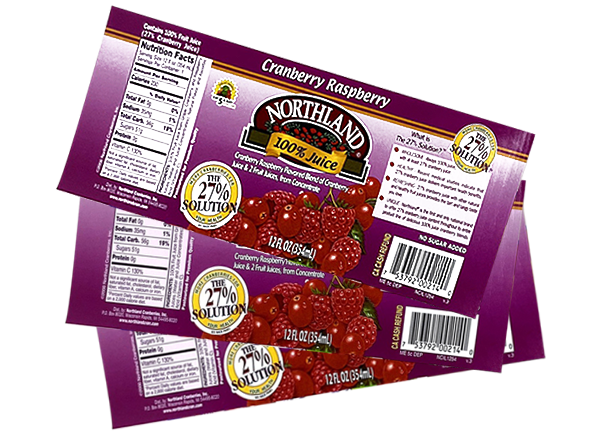
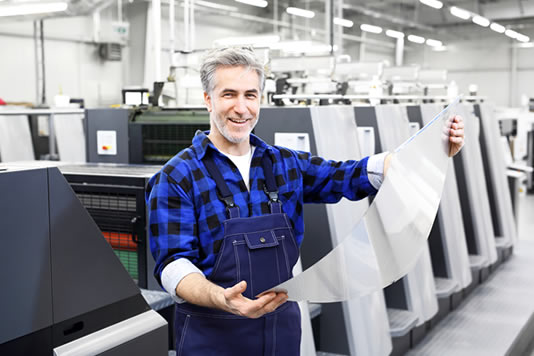
Plates
Metal plates and pre-sensitized plates are preferable, although paper/melinex plates may be used, as some fount additives may retard or inhibit drying. Experience has shown that plates with a surface grain (anodized) will enable the printer to obtain better control of dampening than plates with a grained surface.
Anti-Set-off Spray Powder
It is recommended that a fine spray powder be used with a particle size of 400 mesh (R35~R50), instead of the regular 300 mesh and non-varnishing, starch-based type. Please be advised that varnishing grades or soluble powders are not recommended, because these types can't provide adequate protection against set-off. Suggested anti-set-off powders include: Varn, Prisco, Anchor, or Rycoline.
Stacking
It is recommended that the height of synthetic paper piled on the paper receiver shelf should be about 6 - 7 inches, not exceed 7-8 inches. Paper stack height is generally about 9 inches. Leave the printed stack undisturbed until dry.

Drying
During printing, the print pressure can be reduced 5-10% as compared to paper in order to help the drying process. Below is the recommended drying time:
| High gloss finish | at least 5 hours | before further printing to avoid ink offsetting. |
|---|---|---|
| Matte finish | 3 - 5 hours | |
| Complete drying | 12 - 18 hours | before cutting, coating and processing. |
UV drying methods with the appropriate UV inks, as well as electron beam and infrared drying methods can help reduce drying time.
During drying, the temperature should not exceed 65°C (150°F) to maintain dimensional stability.
For more information on printing recommendations, Polystar synthetic paper specification, or sample request, please feel free to Contact Us